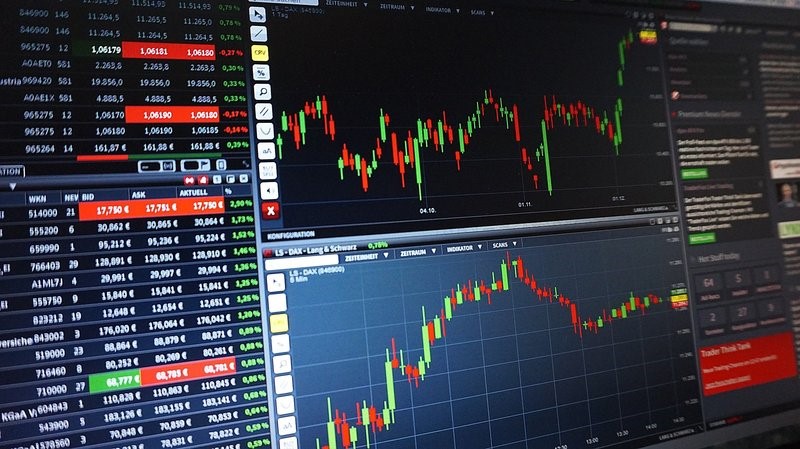The beginning of 2020 has presented many challengers to traders, and market stabilisation seems far away. As with previous periods of uncertainty, investors may find some reassurance by hedging their CFDs.
The opening months of 2020 have presented a unique challenge for traders, with markets regularly making sharp and often unpredictable shifts in value. Disruption to international trade and geopolitical tensions dramatically influenced market sentiment during the first quarter of the calendar year, making it difficult to produce long-term market forecasts with any degree of confidence.
When volatility reigns, the need to minimise the risk of investments becomes greater than ever. This has prompted investors to consider the advantages of trading CFDs, and the benefits of subsequently hedging CFDs to reduce their market exposure if needed.
What Are CFDs?
CFD stands for 'contract for difference', with these contracts available for trade on stocks, shares, currencies, and commodities. Traders never assume ownership of the underlying asset, instead speculating on the increase or decrease of that asset throughout the duration of the contract. The difference in the asset's price between the start and end of the contract determines whether a trader is in profit.
Going long on a CFD position is when the trader anticipates the asset will rise in value. Conversely, going short is where the investor forecasts a decline in market price, sealing a profit if the asset does shed value during the contract period. A short position is sensible when markets are reeling from major world events, while going long is suited to more prosperous times for industries.
Why CFDs Are Suited to Difficult Conditions
Buying shares, purchasing a currency, or investing in a commodity is usually done in the hope that the asset will increase in value. During times when there is limited upward mobility for markets, traditional investment routes lose their appeal. CFDs are ideal for difficult times, as an investor can speculate on a rise or, crucially, a fall in the value of an asset.
Tough market conditions may restrict investment capital, but leverage in CFD trading ensures that a comparatively small proportion of capital is required to open up a large position on a market. While the CFD trader is liable for any losses accrued by the CFD, leverage allows investors to establish substantial positions that may otherwise be unattainable.
CFDs are ideal for difficult times, as an investor can speculate on a rise or, crucially, a fall in the value of an asset.
Further expenditure is saved through stamp duty; CFD traders aren't required to pay this tax, as they never have ownership of the asset. CFD investors can make their money go further during difficult trading conditions, but it is the ability to hedge CFDs that reduces the risk of being compromised by dramatic market shifts.
How Hedging CFDs Works
An investor has the option to hedge their CFD trade by opening the opposing position on an asset. For example, the trader may have a long position on an asset that is declining in value. By shorting that same asset, a trader can then earn money from that price decline and compensate for some of the losses from going long.
That asset may prove resurgent and end up with an overall rise in value once the contract ends, with the hedged position diminishing a trader's profits in this situation. While a hedge reduces the profit that can be made from a trade, it reduces the amount of capital that can be lost.
[ymal]
This is why hedging CFDs is attractive during times of market volatility. A trader can research their CFD down to the minutest detail, but unforeseeable developments can turn a good position into a bad one. Hedging mitigates a trader's losses on a failing CFD, delivering a degree of compensation when the market moves in an unfavourable direction.
CFDs can be purchased on major financial markets, use leverage to reduce investors' initial outlay, and enable traders to speculate on movements in either direction. These factors make CFDs suitable as a trading strategy during difficult conditions, while the potential to hedge minimises traders' exposure to market volatility.













